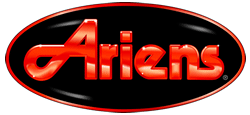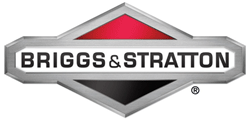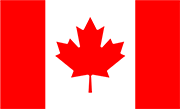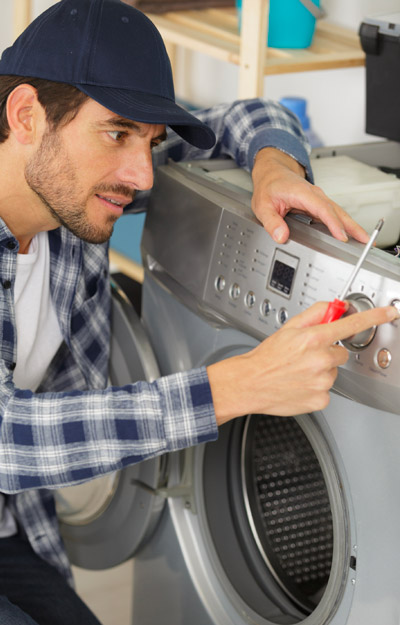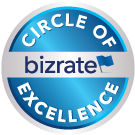Make sure you haven't got the discount earlier.
Appliance Parts
- Accessories
- Dishwasher
- Dryer
- Stove / Oven
- Microwave
- Refrigerator
- Washer
- See more... See less...
Lawn Equipment Parts
- Lawn Mower
- Chainsaw
- Blower
- Generator
- Air Compressor
- Lawn Tractor
- Pressure Washer
- See more... See less...
Water Conservation and Household Appliances
Water conservation is a broad topic encompassing a vast number of specific considerations. Generally, it involved reduction of water usage and increased recycling of waste water for a range of purposes including agricultural irrigation, manufacturing, and household use. It is households that can put a serious strain on urban water supplies, and while there is a great deal of local law addressing the issue, it is very difficult to anticipate the needs of a large urban population.
Water Saving Behaviors
individual acts of household water conservation are generally easy to undertake. There are a number of appliances and fixtures that can improve a home's water efficiency in a passive manner, requiring only installation effort. Low-flow showerheads are designed to maintain perceived water pressure from a shower, while significantly reducing the actual volume of water expended. They not only save water, but also save energy, as less water needs to be heated for showering. Toilets are another important part of the home where water saving behaviors can be implemented with success. Low-flush or dual-flush toilets cut down on the impact of the large capacity of water toilets use each day. Dual-flush toilets are significantly effective at reducing water use. They are designed to reduce water consumption by up to 67 percent with each flush.
Watersense
Watersense is a program of the U.S. Environmental Protection Agency (EPA) that promotes water efficiency all across the U.S. by way of a label placed on consumer goods which are designed to meet specific water-reduction standards. These goods are generally fixtures such as faucets, shower heads, and hose nozzles. The program dates back to June of 2006. The aim of Watersense is to guard the future water supply of the country, and is voluntary on the part of manufacturers, which may seek certification as a selling point for new products. The purpose of the Watersense program is to teach Americans about the ease of conserving water, and demonstrate that it does not necessitate a major lifestyle change. Products that are labeled as “Watersense” products have to meet the following criteria: They have to provide meaningful water-conservation results, meet national water savings, and outperform similar products in the same category.
Energy Star
An international standard for consumer goods that are energy-efficient, Energy Star came into existence as a program from the U.S. government in the early part of the 1990s. The Energy Star program is defined by the labeling of products with the Energy Star mark. Energy Star products generally use between 20 and 30 percent less energy than allowed by a federal standard. Energy Star is generally thought of as an energy conservation initiative, but the standard also includes considerations of efficient water usage. For example, the Energy Star program features an online portfolio tool where consumers can track both their energy as well as water consumption in their buildings; the purpose of this tool is to make smarter water efficiency and energy conservation decisions. The specifications in the Energy Star program are established by both the EPA and the Department of Energy and vary depending on the specific device. Devices like computers, lighting products, home appliances like refrigerators, computer servers, cooling and heating systems, and home electronics are eligible for Energy Star ratings. Water-using appliances such as dish and clothes washers are typically rated for water as well as energy usage. Purchasing an Energy Star certified washer can dramatically reduce a household's water use as soon as it is installed.
Alternative Water Use
Alternative water use is yet another excellent way of trying to conserve water in an accessible, smart and effective way, and there are a few approaches to succeeding at alternative water use. One of the most widely known kinds of alternative water use is rainwater harvesting, which has been around since pre-historic times and involves the practice of capturing and then storing rainwater for use in gardening, washing, and other activities for which non-potable water can be used. Another approach to alternative water use is a similar concept called storm water harvesting, which refers to rainwater that is accumulated from surfaces other than residential roofs, such as parking lot surfaces, landscapes around buildings, and even from hardscapes. It is necessary to exercise caution when using both rainwater and storm water harvesting techniques, as harvested rainwater generally sits in open, unprotected cisterns and vats, while storm water may gather pollutants as it travels along the ground, making it unsuitable for some uses.
For more information on water conservation, see these links:
- All About High Efficiency Water Heaters (PDF)
- Alternative Water Sources Explored
- Tips for Water Conservation
- Alternative Use of Water (PDF)
- Using Alternative Water Supplies or Sources (PDF)
- What are Alternative Water Supplies?
- Case for Conserving Water
- Facts on Conserving Water
- Water Conservation Tips (PDF)
- Best Ways to Conserve Water
- More Tips on Conservation of Water
- Search your model number to find:
- Genuine OEM parts guaranteed to fit
- Free manuals and guides
- Repair instructions and videos







